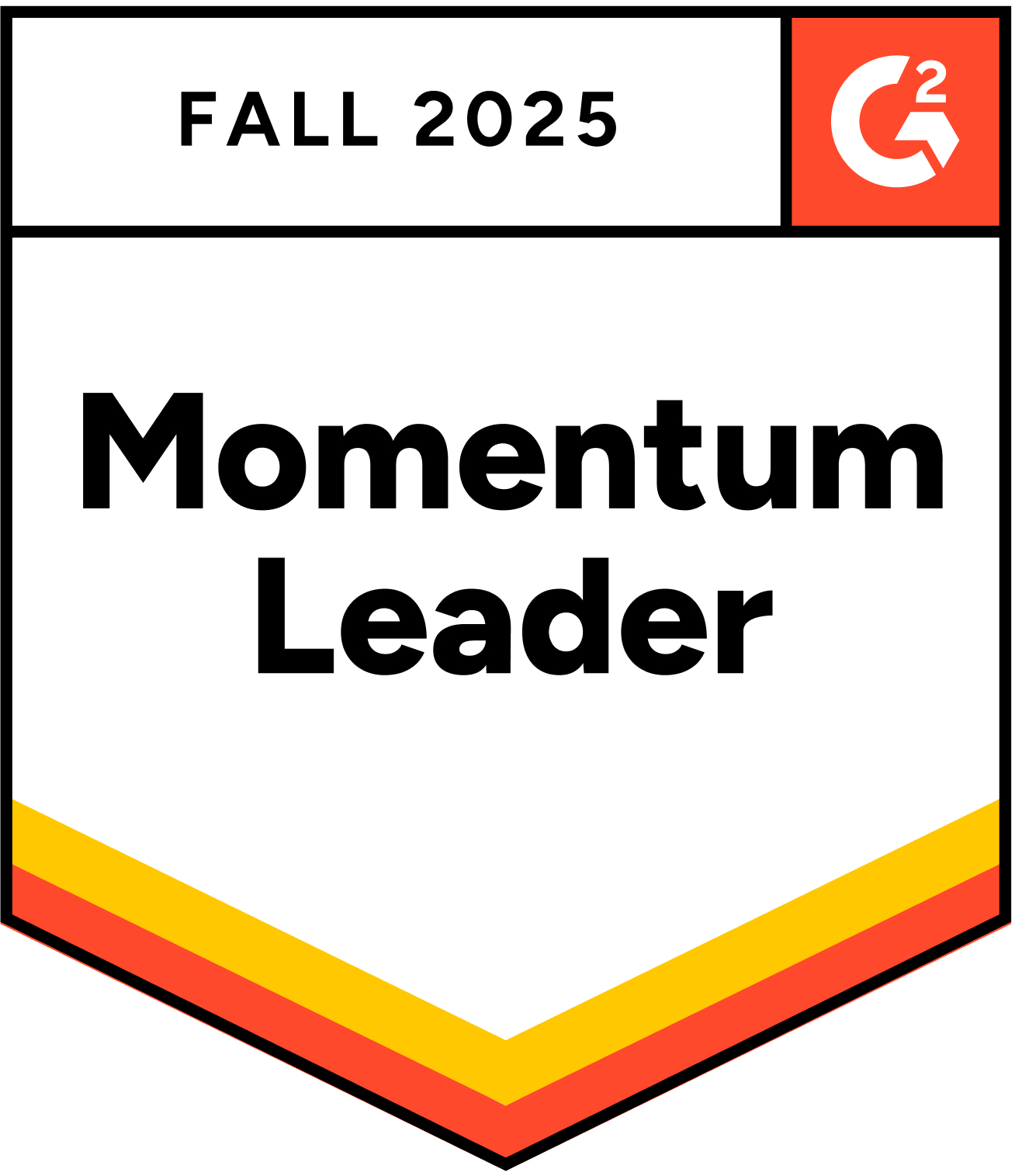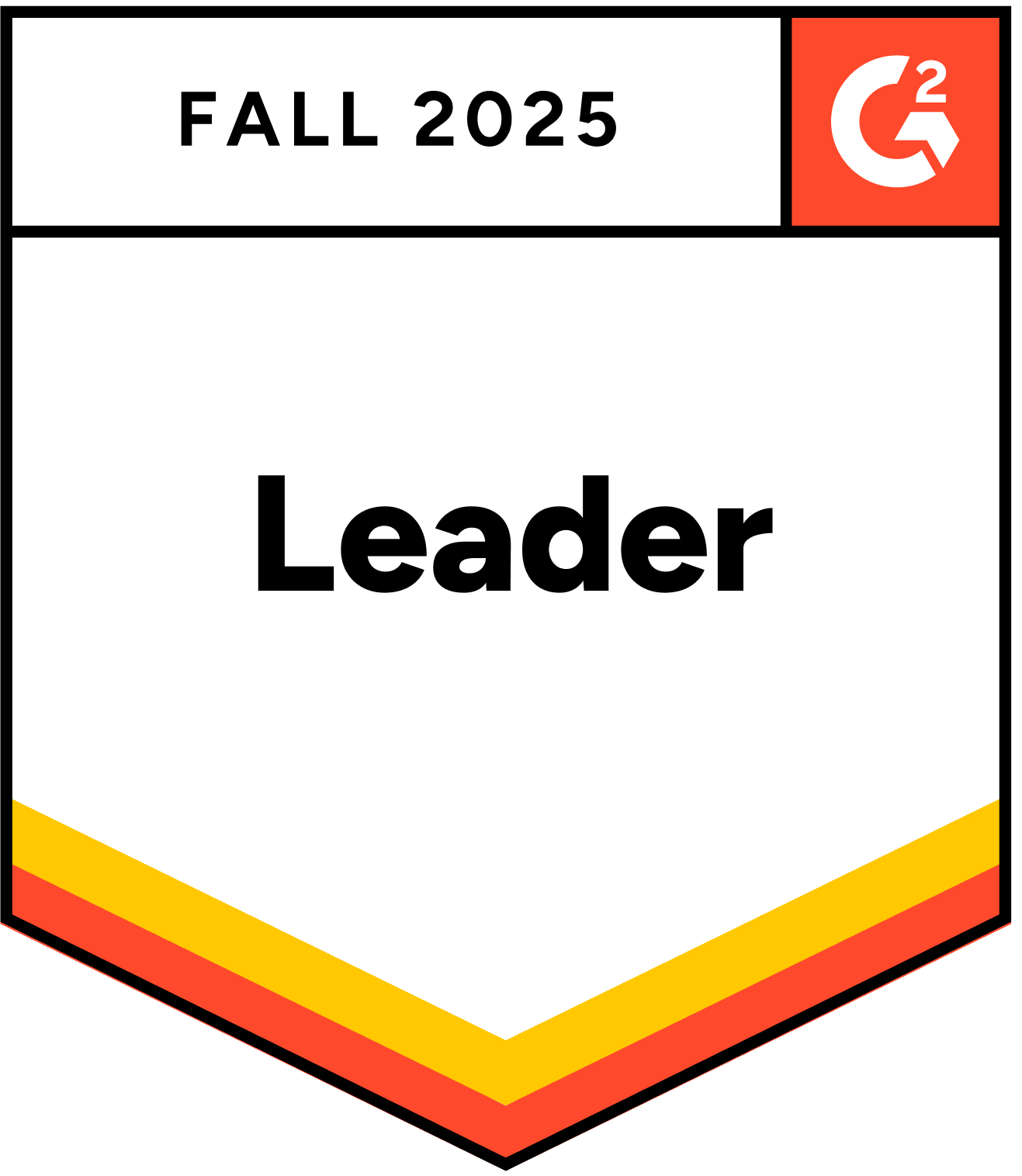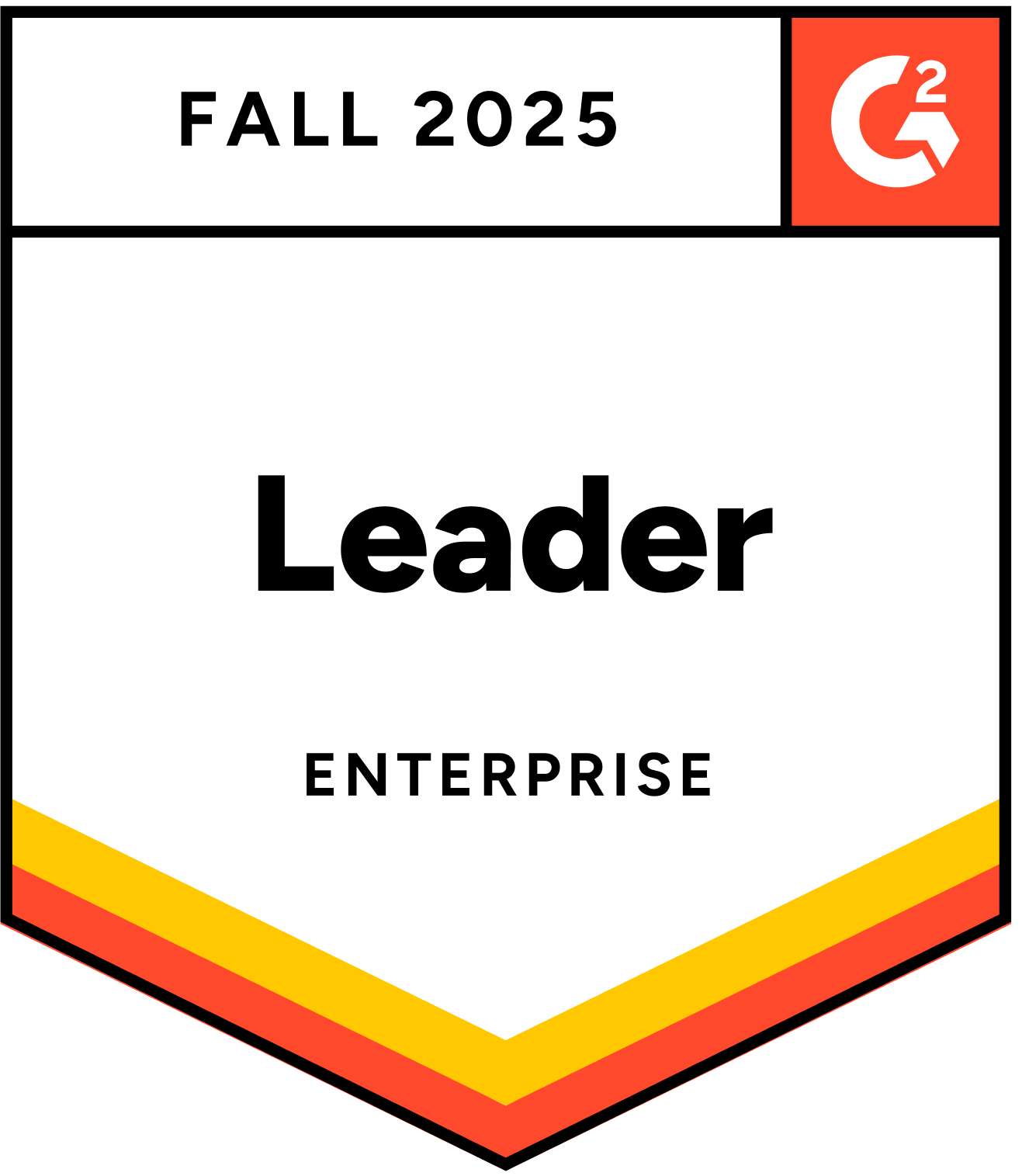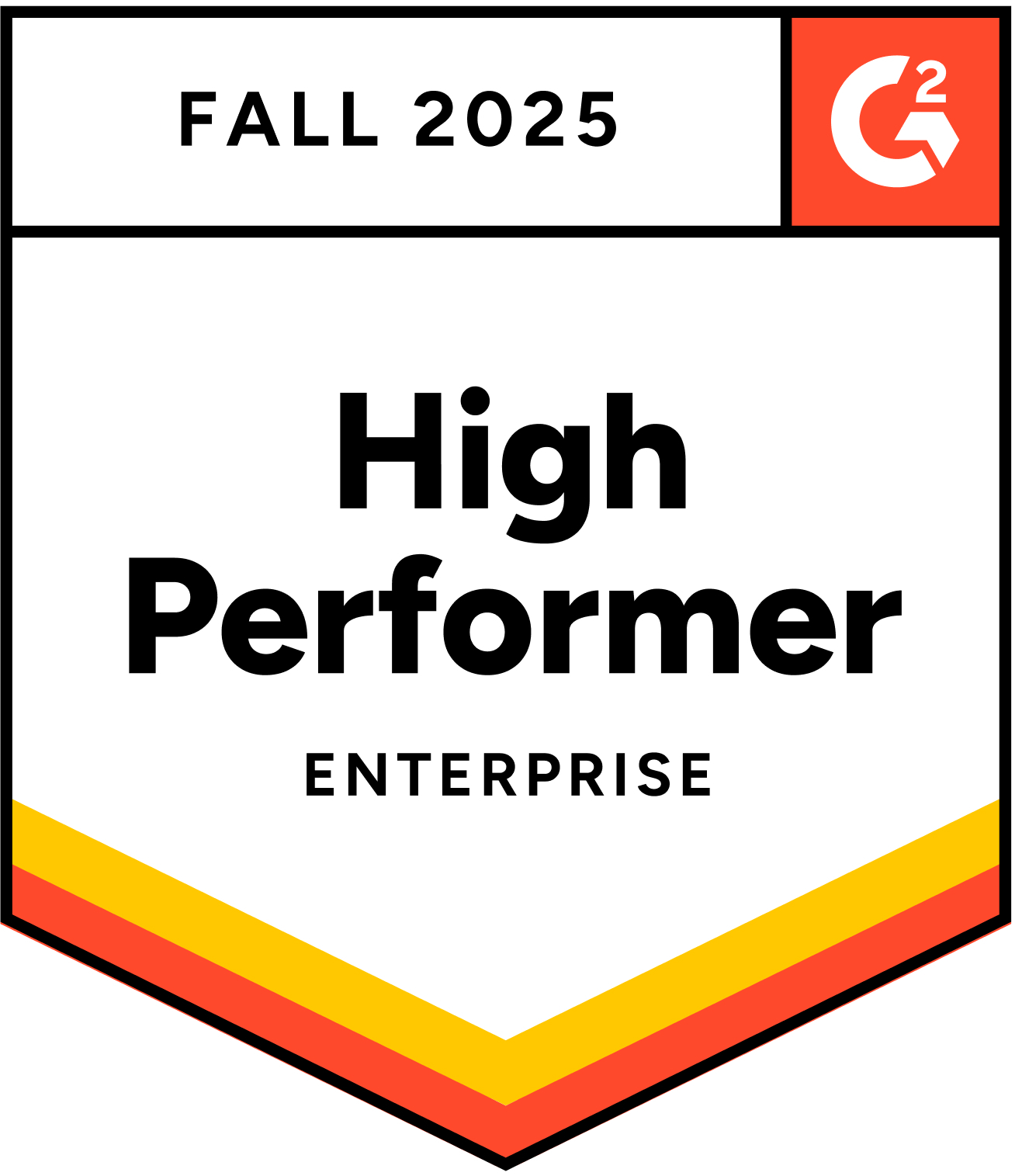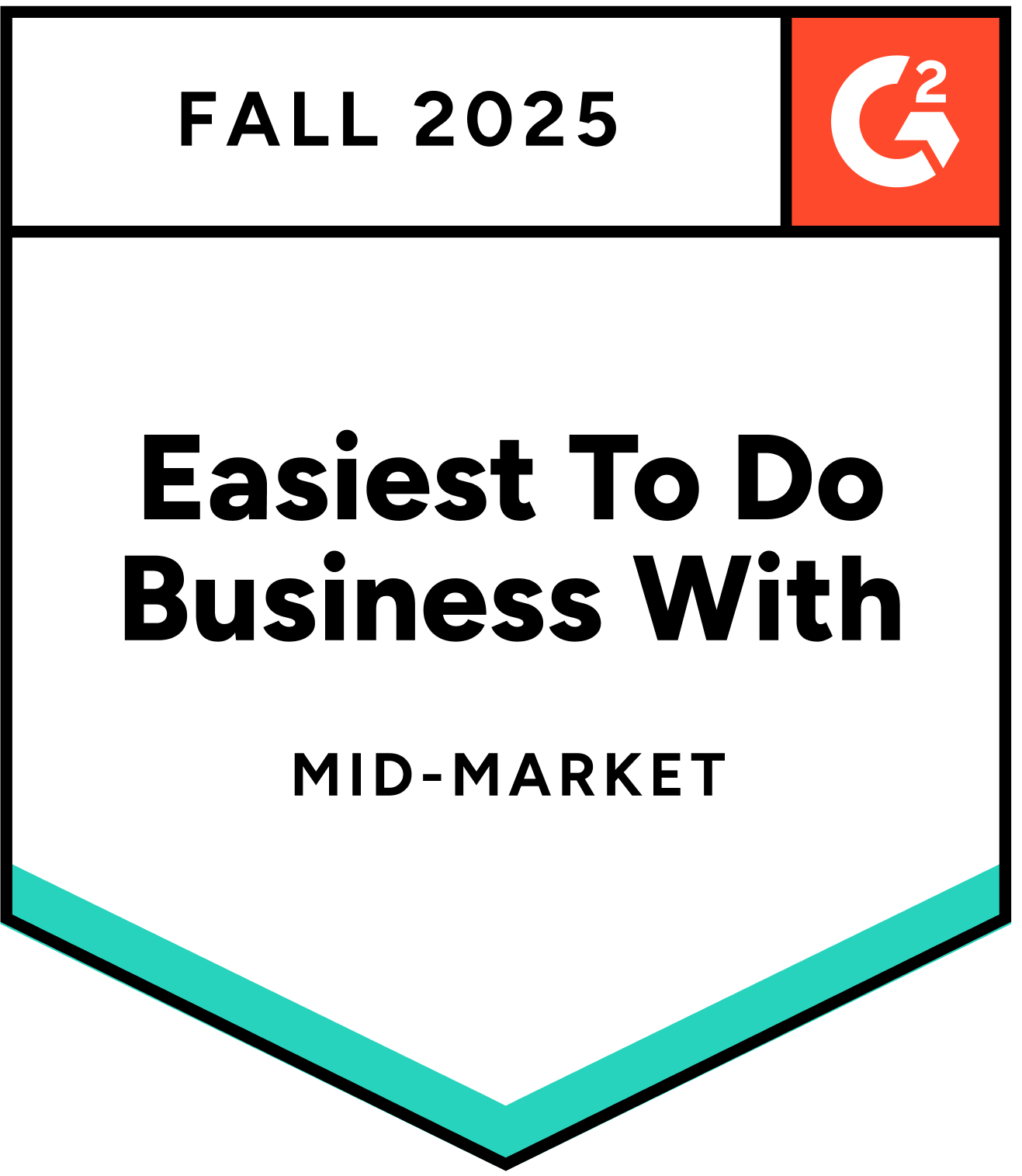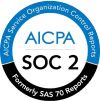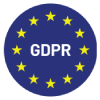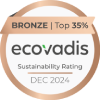Let’s face it – when it comes to AI in talent acquisition (TA), most teams fall into one of two camps: super curious or completely overwhelmed (and sometimes both). The hype is real, but so is the confusion. Where do you even start? What’s worth automating? How do you get your team on board?
That’s exactly why we put together the AI Transformation Playbook – to help talent acquisition teams like yours cut through the noise and take clear, practical steps toward using AI that actually moves the needle. You don’t need to transform everything overnight – you just need to take that first step.
Start With the Problem – Not the Tech
Begin with real pain points, not shiny tools.
AI isn’t a magic wand. It won’t fix everything at once, and it shouldn’t try to. The best way to begin is by zooming in on one or two real problems you’re facing. Maybe it’s drop-off in your application process. Maybe you’re pouring budget into job ads and still struggling to figure out what’s working. Or maybe you’re ghosting (or being ghosted by) candidates without even realizing it.
Whatever it is, write it down. Prioritize. Start small, but start smart.
Pilot, Don’t Panic
Test early. Build momentum with quick wins.
You don’t need to overhaul your entire TA process tomorrow. Run a pilot. Test a few AI-powered solutions that align with your most pressing challenges. Measure results. Gather feedback. And as you scale, build in guardrails – things like explainability, bias checks, and alignment with standards like the EU AI Act.
Also: don’t worry about being an “AI expert.” You don’t need to be one. One tactic shared in the webinar? Appoint a champion – one person or pod in your team to experiment, share wins, and spark broader adoption through visibility and FOMO. Or – like we’ve done at Joveo – host internal hackathons to get your teams excited about using AI in their day-to-day workflows.
Ghosting, Drop-Off, and Fixing the Black Hole
Improve apply flow and candidate communication.
Application drop-off continues to haunt recruiters – and candidates too. Complex forms, login walls, and radio silence all contribute to a clunky experience.
AI can help streamline the journey, from chatbots that answer questions in real-time to tools that guide candidates through the process conversationally. One stat that stood out? Seven out of ten candidates apply to the wrong job at the right company. Yes, you read that right. AI can nudge them toward better-fit roles before their application disappears into the void.
But not everything needs to be automated. Human moments still matter. One idea we loved was the Friday Philosophy – a weekly touchpoint from recruiters to candidates with a quick status update. It’s a small gesture that builds trust, reduces anxiety, and seriously boosts candidate experience.
Your Data Shouldn’t Live in Silos
Connect the dots between systems.
One of the biggest roadblocks for TA leaders? You are probably far too familiar with this problem, but its not having visibility into what’s actually happening. Your ATS, CRM, media partners, and social platforms might all hold pieces of the puzzle – but rarely speak to each other.
AI-powered analytics can connect the dots. Instead of guessing, you get real-time insights and recommendations that help you optimize budgets, fix broken workflows, and double down on what’s working.
And if you’re spending thousands on job ads, but only 7% of clicks lead to applications? It’s not your ad – it’s likely your apply process. Optimize that, and you could cut media spend by 30–50% while maintaining outcomes.
Move Beyond Job Boards (The Lazy Way Is Over)
Reach passive talent where they actually spend time.
We’ve known for decades that the best candidates aren’t hanging out on job boards. They’re on Instagram. They’re Googling recipes. They’re watching videos on TikTok. That’s where your brand needs to show up – strategically.
AI can help you:
- Craft personalized, on-brand messaging
- Distribute job content across recruiter networks with one click
- Automate posts across platforms like LinkedIn, Facebook, and Instagram
- Track what resonates, and optimize in real-time
Just don’t “spray and pray.” One of the biggest mistakes? Sending people to a general job listing page with hundreds of unrelated roles. Instead, surface the right job ad for the right person in the right place. That’s how you win attention – and applications.
Track the Right Metrics (Hint: Not Just CPA)
Focus on engagement and quality, not just volume.
When you’re testing new channels like social media, early metrics like cost-per-application can be misleading. Instead, focus on:
- Engagement rate (are people actually interacting with your posts?)
- Conversion quality (are they applying for the right roles?)
- Time to hire (did we speed things up?)
- Candidate experience scores (are people feeling good about your process?)
AI won’t just help you track these – it’ll tell you where to improve and where to double down.
Transparency Isn’t Optional
Make sure your AI earns your trust.
AI can help you scale, streamline, and personalize your recruitment process – but it has to be trustworthy. Candidates (and your exec team) want to know: How are decisions being made? Is it fair? Is it biased?
Your vendors and platforms should be able to tell you exactly how their models work, what data they use, and how they test for bias. If they can’t explain it, don’t use it.
Know Where You Are – And Where to Go Next
Use a maturity model to map your next steps.
Every organization is at a different stage in the AI journey. That’s why we created our AI maturity model for TA teams, designed to help you assess where you are today – and what steps to take to move forward.
Whether you’re just starting to experiment or already automating parts of your funnel, the most important thing is to build with intention. Your playbook should reflect your goals, your tech stack, your team, and your challenges – not someone else’s.
AI isn’t here to replace recruiters – it’s here to help you do more of what you’re great at. By removing the manual stuff, you get more time to connect with candidates, build relationships, and make smarter decisions.
So… ready to take the AI maturity assessment to see where you stand? We’re here to help, every step of the way.



